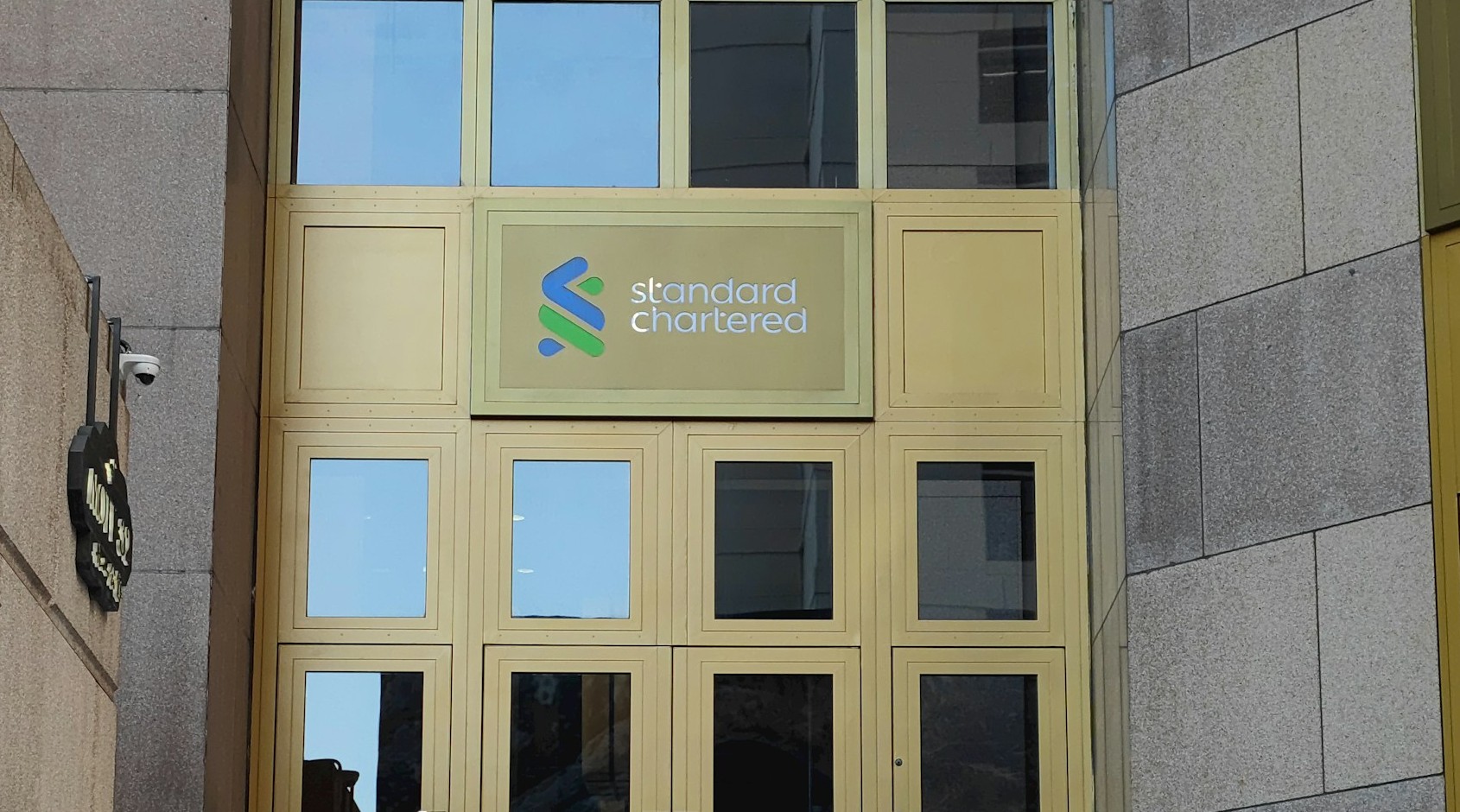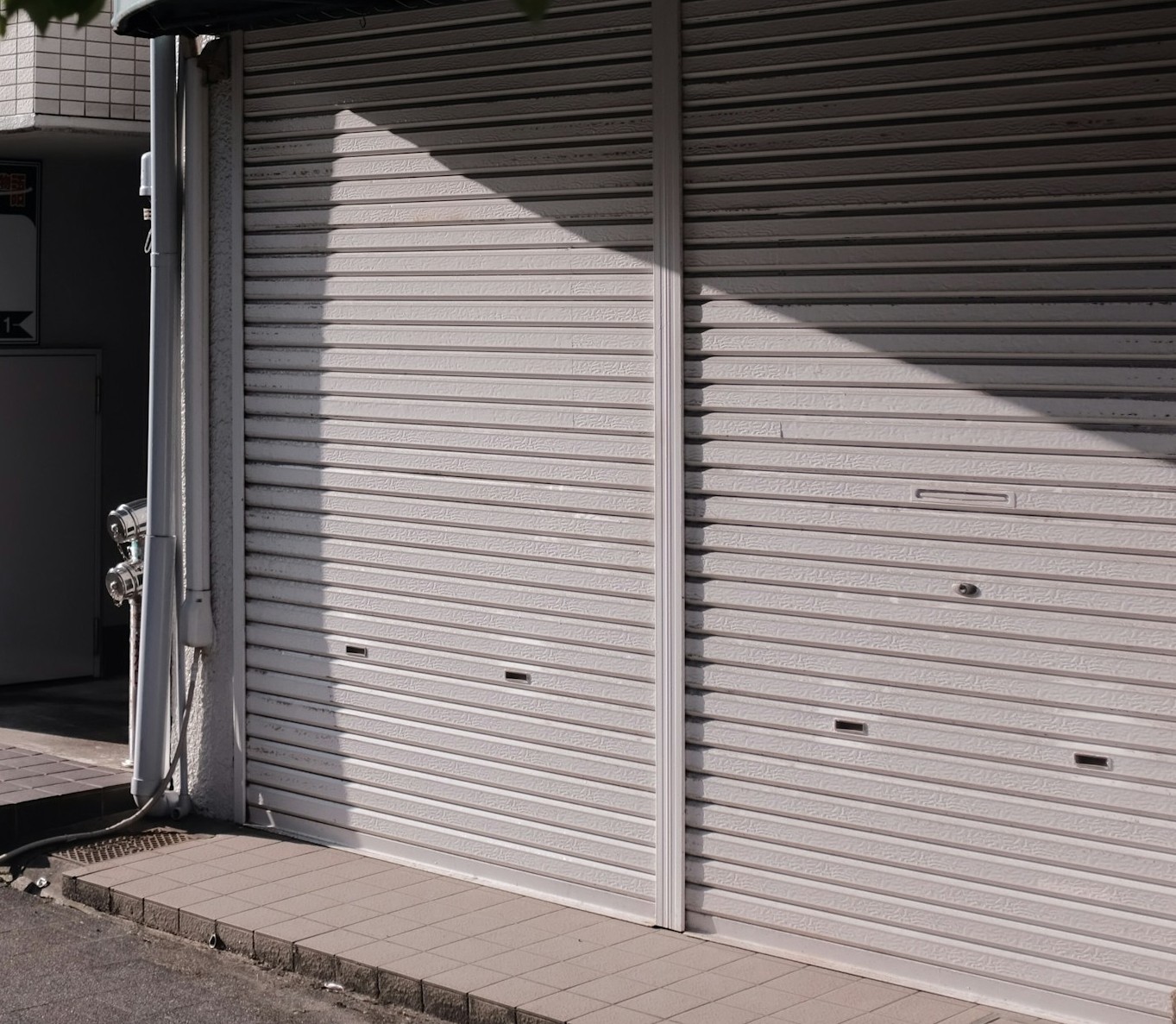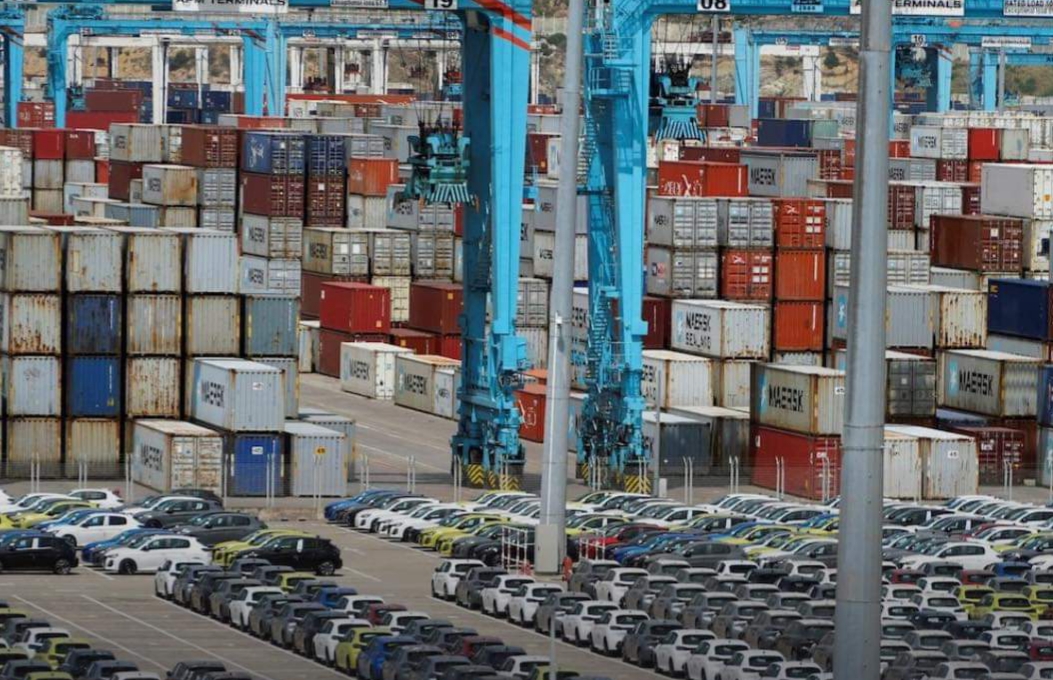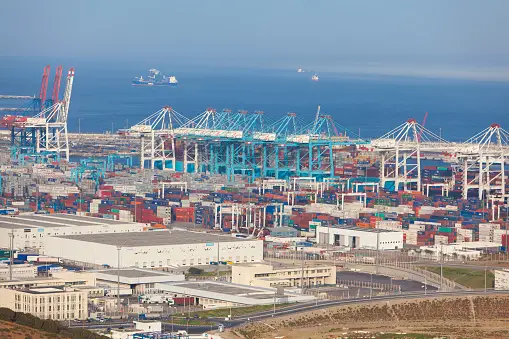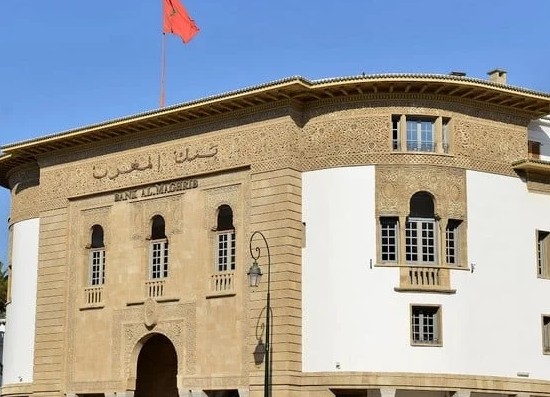Casablanca – In recent years, Morocco has witnessed a notable rise in its banana imports, a trend that has accelerated sharply in 2024. The country imported over 36,000 tons of bananas in that year, marking an increase of 28.8% compared to the previous year. This surge highlights a significant shift in the dynamics of Morocco’s fruit market, with key changes both in local production and in the international sourcing of bananas.
The rising dependence on imports
Historically, Morocco has relied heavily on local banana production, which generally meets much of the domestic demand. However, production levels have faced a decline in recent years, with the local output in 2023 falling by 7.5% to approximately 309,000 tons. The primary cause of this decline is the reduction in the land area dedicated to banana cultivation, a trend attributed to increasing agricultural costs and climate-related challenges. This decrease in production has left a gap that the country has increasingly filled through imports, primarily from European sources such as Spain and Portugal.
In 2024, the share of bananas imported from Latin American countries, traditionally the major suppliers to the Moroccan market, declined. Countries like Ecuador and Costa Rica, once dominant in supplying the Moroccan market, have seen their market share diminish in favor of Spain and Portugal. These European suppliers have become the new key players, providing varieties similar to those grown locally in Morocco. This shift can be attributed to several factors, including geographical proximity, which reduces transportation costs, and the similar banana varieties that are easier to integrate into Morocco’s distribution networks.
The changing global market landscape
One of the primary drivers of this shift has been the increasing instability in banana production in Latin America, caused by both climate conditions and trade disruptions. This has led Moroccan importers to seek out more reliable and stable sources of supply, particularly within Europe. The ability to secure consistent and high-quality supplies from Spain and Portugal has made these countries more appealing alternatives to traditional suppliers from the Americas.
As the banana import sector evolves, Morocco’s increased reliance on these European countries also reflects broader trends in global trade. The transportation costs between Morocco and European countries are considerably lower than those to Latin America, making it economically favorable to turn to the European Union, where both Spain and Portugal are among the leading banana producers.
Impact on the Moroccan local market
The rise in banana imports is having several impacts on the local market. On the one hand, it is helping meet the growing demand for bananas, particularly during the summer months when domestic production wanes. The local production season typically runs from October to June, with July through October seeing a shortage in supply, thereby driving up the need for imports. This seasonal reliance on foreign bananas ensures that consumers continue to have access to fresh bananas year-round.
On the other hand, the growing influx of imported bananas highlights the challenges faced by local producers. Although Morocco is still a significant producer of bananas, the decline in domestic output and the need to import bananas in increasing volumes suggest a vulnerability within the local agricultural sector. The rising costs of farming, combined with climate-related challenges such as droughts and unpredictable weather patterns, are factors that could continue to weigh on local production in the coming years.
Furthermore, Morocco’s banana exports have remained limited. In 2024, the country exported only 250 tons of bananas, a decrease from 280 tons in 2023 and 460 tons in 2022. This decline in exports reflects the relatively low global competitiveness of Moroccan bananas, which struggle to compete with larger international producers. With the domestic market absorbing much of the local supply, Moroccan banana exports have remained on the margins of the global market.
Looking ahead
The growing reliance on imported bananas presents both opportunities and challenges for Morocco. On one hand, it ensures a steady supply of bananas, allowing the country to meet domestic demand. On the other hand, it underscores the vulnerability of local production and the potential for long-term dependency on foreign suppliers.
Looking ahead, Morocco may need to focus on strategies to bolster local banana production, such as improving agricultural practices, expanding cultivated areas, and exploring ways to mitigate the impact of climate change on production. At the same time, strengthening trade relations with European suppliers, particularly Spain and Portugal, may remain a key strategy for ensuring a stable and cost-effective supply of bananas.
while Morocco’s banana imports have reached record highs, reflecting shifts in global trade and local agricultural challenges, the country’s ability to balance between domestic production and international sourcing will play a crucial role in shaping the future of its banana market.

